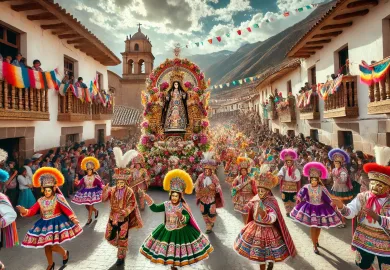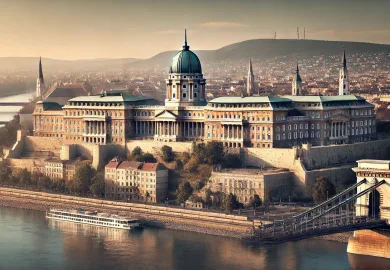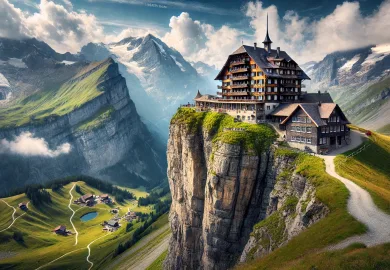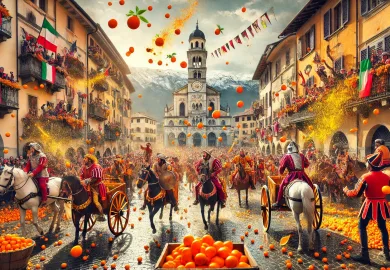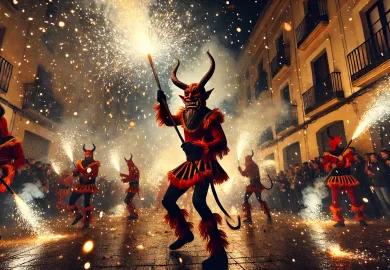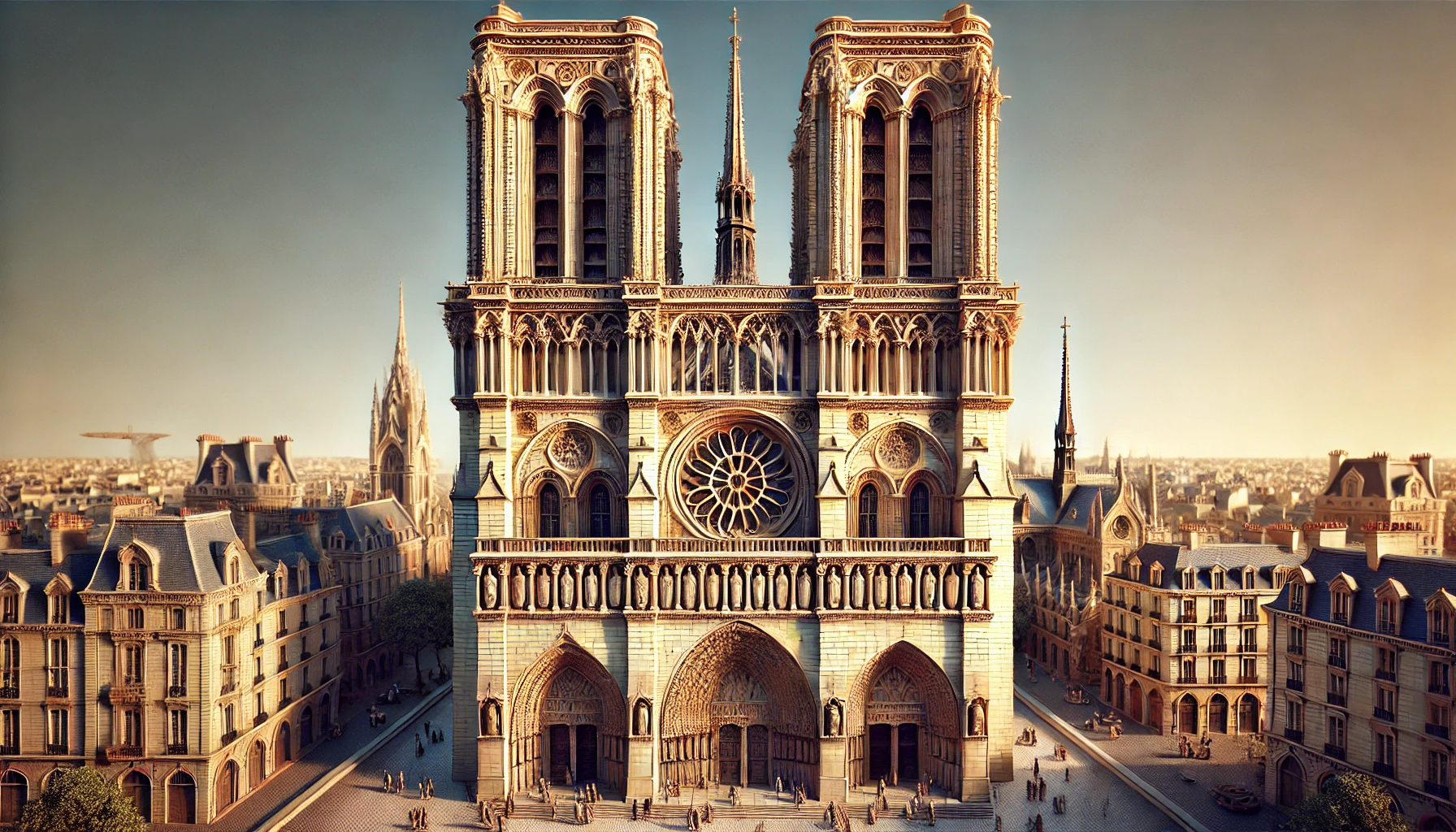
Notre Dame Cathedral stands as a symbol of Paris and a masterpiece of Gothic architecture. Its history, artistry, and religious significance make it one of the most visited landmarks in the world. From the detailed stone carvings to the towering stained glass windows, every inch of this church tells a story of faith, resilience, and craftsmanship. This article delves deep into the historical intricacies of the Notre Dame Cathedral and offers a glimpse into the milestones that shaped it over centuries.
Built on the Île de la Cité, Notre Dame’s location holds as much historical weight as the cathedral itself. It stands on the site of ancient Roman temples, where Parisians have gathered for worship for thousands of years. The cathedral has witnessed the rise and fall of kings, weathered revolutions, and survived a devastating fire in 2019. To understand its significance is to take a journey through the cultural and spiritual history of France.
The Origins: A Church Built for the Ages
Notre Dame’s foundation was laid in 1163 under the direction of Bishop Maurice de Sully, who had a vision to replace the crumbling, smaller cathedral of Saint Étienne. Construction spanned almost two centuries, and by 1345, the cathedral was completed. But it wasn’t just a church; it was a symbol of Paris’s importance in the growing medieval Christian world.
For nearly 200 years, artisans, stonemasons, and architects toiled to create a structure that would last for millennia. The blend of Gothic architecture, characterized by its pointed arches, ribbed vaults, and flying buttresses, allowed for taller and grander structures than ever before. The innovative design features made the building seem to defy gravity, with massive towers soaring toward the heavens, creating an awe-inspiring silhouette over the Parisian skyline.
The cathedral’s size and grandeur were also functional. It could accommodate thousands of worshippers, becoming a hub for religious and civic ceremonies. This space not only solidified Notre Dame’s position as a center of faith but also marked it as a site for royal coronations, weddings, and funerals, embedding it deeply into the historical narrative of France.
The Art and Architecture: A Testament to Craftsmanship
Perhaps one of the most impressive aspects of Notre Dame is the sheer artistry that went into its construction. Its stone facade features intricate carvings of biblical scenes, while the rose windows are masterpieces of medieval stained glass art. Every element of the cathedral tells a story, a reflection of the deeply spiritual and artistic vision of the builders.
The gargoyles that adorn the cathedral’s exterior are not only decorative but also functional. These mythical creatures serve as water spouts, preventing damage to the cathedral by channeling rainwater away from the building. Their grotesque designs have fascinated visitors for centuries, offering a unique glimpse into the medieval mind’s blend of practicality and whimsy.
Inside, the stained glass windows are nothing short of breathtaking. The three large rose windows—located in the north, south, and west of the cathedral—are perhaps the most famous. Crafted in the 13th century, these windows depict biblical stories and saints in stunningly detailed colored glass. The vivid reds, blues, and greens that light up the interior of the cathedral when the sun shines through these windows create an ethereal atmosphere, giving visitors a sense of otherworldly serenity.
Additionally, the sculptures of the apostles and saints that adorn the facade are more than just decoration; they serve as religious education tools. During a time when literacy rates were low, these detailed sculptures helped convey the stories of Christianity to the masses. For the medieval populace, Notre Dame was not only a place of worship but also a place to learn and experience their faith in a tangible way.
Notre Dame’s Role in French History
Notre Dame has played a pivotal role in the history of France. Beyond its architectural grandeur, it has served as the backdrop for some of the country’s most important events. One of the most notable was the crowning of Napoleon Bonaparte as emperor in 1804. In a dramatic twist of tradition, Napoleon crowned himself in front of Pope Pius VII within the walls of Notre Dame, asserting his authority over both the Church and the state.
The cathedral also bore witness to darker times in French history. During the French Revolution, Notre Dame was desecrated. Many of its religious artifacts were destroyed or stolen, and the building itself was repurposed as a temple to the Cult of Reason. Statues of biblical kings were decapitated, mistaken for French monarchs, in the frenzy of the Revolution. However, the damage was not permanent. With the restoration efforts spearheaded by Eugène Viollet-le-Duc in the 19th century, the cathedral regained its former glory.
In more recent history, the cathedral became a symbol of national unity when it survived the fire of April 15, 2019. The world watched in horror as flames engulfed the iconic spire and roof of Notre Dame. However, through an incredible display of resilience, much of the structure, including its famous towers and rose windows, was spared. The French government has pledged to restore Notre Dame to its original splendor, ensuring that this iconic piece of history continues to stand for generations to come.
The Cultural Impact of Notre Dame
Notre Dame is more than just a church; it is a cultural icon. Its significance has been immortalized in literature, film, and music. Perhaps the most famous depiction of Notre Dame comes from Victor Hugo’s 1831 novel, The Hunchback of Notre-Dame. Hugo’s novel not only popularized the cathedral but also played a critical role in its restoration.
At the time Hugo wrote the novel, Notre Dame was in a state of disrepair, neglected and overshadowed by other monuments in Paris. However, the book sparked a renewed interest in the cathedral and led to major restoration efforts. In many ways, The Hunchback of Notre-Dame saved the cathedral, ensuring that it would remain a central figure in the Parisian landscape.
In addition to literature, Notre Dame has appeared in numerous films, television shows, and musical performances. Its soaring towers and Gothic spires provide a dramatic backdrop for stories of love, revolution, and faith. Whether it’s in animated films or historic epics, the cathedral continues to capture the imagination of people worldwide.
Notre Dame’s cultural significance extends beyond Paris, drawing millions of visitors each year. For many, it represents the heart of France, both physically and spiritually. Tourists and pilgrims alike come to marvel at its architecture, light candles, and reflect on its long and storied history.
Notre Dame Cathedral is a treasure trove of history, art, and culture. From its humble beginnings in the 12th century to its status as a global symbol of faith and resilience, it continues to inspire awe and wonder. Whether you’re an art lover, a history buff, or a spiritual seeker, the cathedral offers something for everyone. As it undergoes restoration following the 2019 fire, Notre Dame stands as a reminder of the strength and unity of the French people, as well as the enduring power of faith and art in shaping our world.

